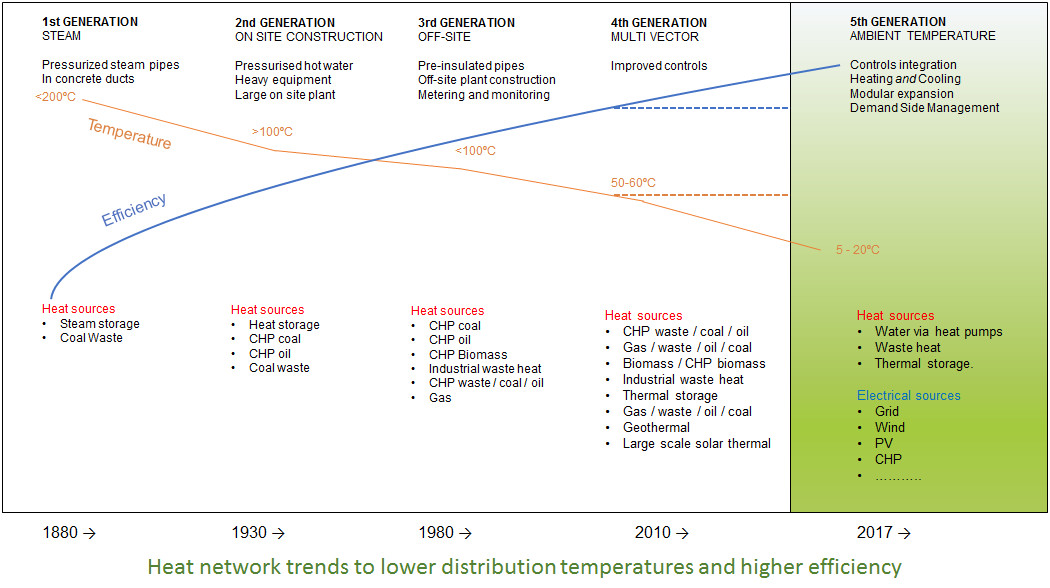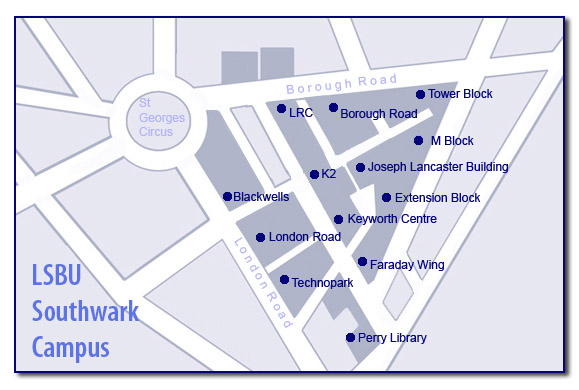The Internet for People
The Internet is serving people well for the exchange of information: text, images, video or music. We can all exchange information with each other across the world, in an instant.
The Internet of Things
The Internet of Things also allows the instant communication of information between "things": devices connected to the Internet.
This includes our mobiles, which can be allowed to communicate their location to other "things", such as the device which controls our heating at home (if it is suitably enabled and on the Internet).
Our home heating control system could be programmed to allow the temperature to fall to three degrees below the "set point" when we (and the rest of the family) are over five miles from home (and to turn up the heating if one of us approaches home).
There are now said to be more "devices" connected to the Internet of Things, than people connected to the Internet.
What are the potential advantages of all this instant interconnection?
Demand Side Management
Demand Side Management is made possible by the Internet of Things. The National Grid is able to broadcast when the supply of electricity is much greater than demand (which can happen when the wind turbines are spinning strongly) and the Grid is ready to sell electricity more cheaply than usual. Equally the Grid will want to increase the price of electricity when demand is outstripping supply.
For those who have moved to the Electrification of Heat and are using heat pumps to heat their buildings there are opportunities to reduce the cost of heating by responding to these price signals from the Grid.
To take advantage of these opportunities heat pumps will need to be be connected to the Grid (via the Internet of Things and an "Aggregator") in order to receive the information on price changes and, importantly, to signal back to the Grid that they have responded to the price change – so that they can be paid for doing so.

Heat Pump Controls
However, it is not always appropriate to allow the fluctuating price of electricity to dictate when heat pump systems are turned on and off: the primary function of a heating (and cooling) system is to maintain a comfortable temperature for the occupants of a building. Heat pumps do not work well if turned off shortly after they have been activated, so the heating control system needs to be in charge of the heat pumps, rather than the National Grid.
So when can heat pumps take advantage of a lower electricity price?
If the electric price is low in the early morning, the control system can choose to turn on the heat pumps earlier than usual to heat up the thermal mass of the building in advance of peak time pricing by day. Similarly, heat pumps can be turned on to use cheap electricity to heat well insulated large hot water tanks in the early hours, to avoid using expensive electricity by day.
Saving money with Heat Pump Controls and Demand Side Response
So you can save money by exploiting Demand Side Response with heat pumps, although you will need a sophisticated control system to help you to do so.
See video on Balancing supply and demand for electricity.
See Ground Source Heating See Ground Source Cooling See Ground Source Energy

